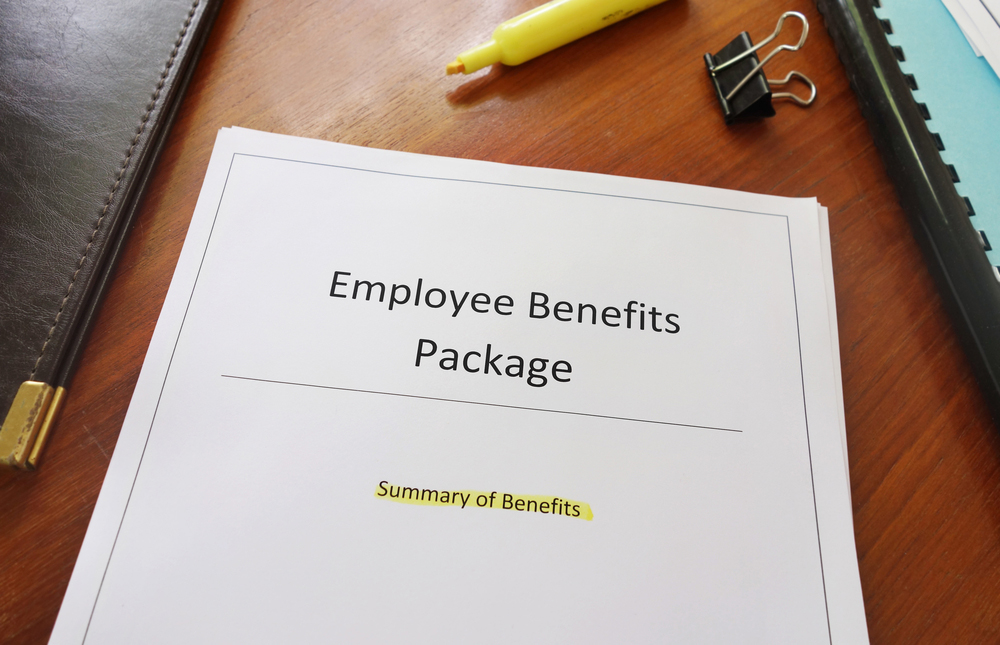For most HR professionals, enrollment season is no longer top of mind—it’s either months behind them or still a few months away. But the relative quiet of late winter/early spring is actually the ideal time to evaluate the last open enrollment season and benefits communications from the past year to prepare for the year ahead.
If employees were confused during open enrollment, they will be equally uncertain when they try to use the plans they’ve selected throughout the year. In fact, one study found that almost half of employees said making health insurance decisions is always “very stressful” for them; more than 40% felt the open enrollment process at their company is “extremely confusing,” and 20% often regret the benefits choices they make.
To ensure employees choose—and use—their coverages wisely, it’s important for HR personnel to take two actions. First, they need to take stock of 2019 open enrollment to understand employees’ experiences in choosing their health plans. Second, they must develop a year-round benefits communications plan to educate employees on how they can wisely use their health plans throughout the year.
By taking these steps, HR will not only help employees make more informed healthcare decisions but also effectively increase the return on investment (ROI) of their employer’s benefits investments and improve employee benefits satisfaction.
Read on to learn how HR teams can deliver continuous and critical value to their organizations all year round.
Do Your Research
Before putting any new plans in place, take time to do your research. Review the data, such as:
- What percentage of employees made changes to their coverage(s)?
- Why were changes made? (Was a choice eliminated? Did the employee add a participant?)
- Did you see the desired/expected levels of enrollment in each option?
- Did employees enroll in voluntary benefits? If so, which ones?
- What percentage of employees took advantage of one-on-one enrollment support, if offered?
Next, assess feedback—whether formally (through focus groups and surveys) or anecdotal (what did your HR colleagues, or your call centers, hear?). One excellent way to leverage data to capture such feedback is by implementing an interactive document system with underlying analytics.
These systems can provide crucial data on where employees are struggling—or what topics they’re focusing on. That way, HR can identify gaps in employees’ healthcare knowledge; where they need more education; and the specific challenges they face, such as analysis paralysis or low healthcare literacy. Armed with this information, HR can better address healthcare questions throughout the year.
Point Employees to Cost-Saving Tools
By analyzing your last open enrollment, employee feedback, and program utilization over the past year, you should have a good grasp of where employees need support or, at minimum, more information. Part of HR’s job is to help employees make cost-conscious healthcare choices, which saves them, and employers, money. Perhaps the most obvious gap in knowledge today is in how to shop for care. In DirectPath’s recent consumer survey, 68% of respondents reported that they “sometimes,” “rarely,” or “never” compare treatment or service costs from different providers (or pharmacies) before choosing where or how they get their care.
Transparency tools offer comprehensive information about local services or prescription options and associated costs. Resources such as cost-comparison reports enable employees to understand that prices for treatments—even in the same network—can vary greatly. This information is absolutely necessary for employees to make informed, cost-conscious decisions about where they receive care.
For HR teams that are spread thin, investing in patient advocates who can answer employee questions about their healthcare coverage and options in real time throughout the year might be a good option.
Advocates can help employees with a range of tasks, such as identifying where to get care (and even schedule appointments), reviewing bills for inaccuracies, and managing claims. Such programs can be implemented during the plan year—or rolled out during open enrollment with plenty of advance communications.
Execute a Multichannel Communications Strategy
Speaking of communications, benefits are extremely complex; employers can’t expect participants to “get it” based on one intense month of communicating around open enrollment season. Once employers invest in better supporting their employees—whether that’s by creating educational materials or offering transparency and advocacy services—they need to actively promote the availability of those resources.
Simply put, if employees know (and are constantly reminded) that these resources exist, they are more likely to use them, thereby increasing the ROI of the services and the benefits program in general. Higher utilization can also boost employee satisfaction with their employer.
Consistent communications across a variety of channels helps employer clients ensure that all participants—regardless of generation, work schedule, or location—have the information they need to most effectively use their benefits. While the content of the communications may vary from employer to employer, HR should share information and best practices to make smart choices under the selected health plan. For instance:
- Why it’s important to shop for care—even with insurance—and how, exactly, to do it
- How to find lower prescription drug prices
- How to make the most of specific offerings, such as tax-advantaged reimbursement plans
- How, when, and why to contact patient advocates
To ensure those messages reach employees, HR can consider the attributes of each communications channel. An employee’s worksite (office vs. shop floor vs. construction site vs. on the road) and work schedule can impact when, how, and where he or she receives benefits information. Home mailers may be effective for employees with dependents, while employees on the road might find audio recordings of benefits best practices, or texts with tips, more helpful.
HR should also consider other employee demographics when developing benefits communication plans with clients. HR should remember to look at employees’ immediate priorities (planning for retirement vs. paying off student loans), different levels of healthcare and health insurance literacy, and experience in choosing and using benefits. No matter what is being communicated, or how, it’s important to keep sharing information throughout the whole year so the onus is not on the employee to remember.
Employees’ healthcare needs don’t just “happen” once a year, and their questions about health care certainly don’t end after open enrollment does. HR professionals need a communications strategy that supports employees continuously. Companies that invest in resources and communications plans that help employees become smarter healthcare consumers will reap the rewards—from cost-savings to better ROI on benefits investments to higher employee satisfaction.
 Kim Buckey is DirectPath’s key advisor and senior subject matter expert on new and evolving compliance issues that affect employers as a result of the Affordable Care Act. Kim, who founded and directs the DirectPath compliance communications team, works closely with sales, explores the potential impact on customer segments to develop new products and services to support current and anticipated needs. Kim has more than 40 years of communications experience, 35 of which focus on the delivery of compliance communications for health/welfare and qualified (savings/pensions) plans. Kim’s team provides strategy, review and analysis, content development and management services for employers, providing guidance on new mandates like the required Summary of Benefits and Coverage (SBC) and the growing trend of Medicare Advantage and its required compliance documents. |

